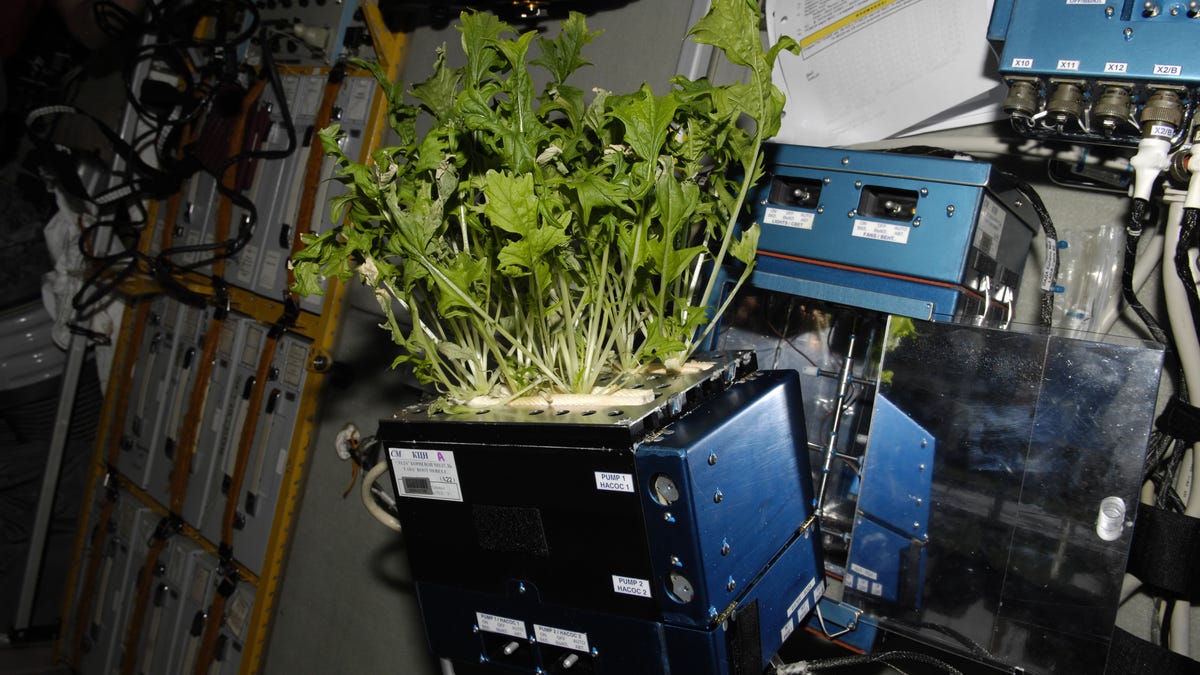NASA plans moon turnips by 2015
NASA plans to study how plants grow on the moon, with a garden that will include turnips, basil, and cress.

NASA wants to grow plants on the moon.
More specifically, it's planning to plant a vegetable garden there to demonstrate that a moon garden is a feasible way of supplementing astronauts' meals. The space agency has announced that by 2015, it will be sending up various plants -- including turnips, Arabidopsis (a type of cress), and basil -- in what it is calling "the first life sciences experiment on another world."
The agency's not just planning to dig some holes, bury the seeds, and hope for the best, though. The plants will be grown in a special lunar module specifically designed to promote plant growth in an off-world environment. This habitat will weigh about 1 kilogram and will get to the moon by hitchhiking a ride on the Moon Express Lander, which is participating in the Google Lunar X-Prize competition.
Inside the sealed Lunar Plant Growth Chamber, the plants will be protected from the higher solar radiation, and a special reservoir will keep the plants watered. Air will be sealed inside sufficient for more than five days of growth. For 5 to 10 days, NASA will monitor the plants' germination (the focus of the experiment) and growth, compared with a control group on Earth, measuring growth rate and expressed leaf area over time, based on photos taken from inside the module.
Scientists will also measure how the plants move in response to the movement of the light source and circumnutation.
"Survival to 14 days demonstrates plants can sprout in the Moon's radiation environment at 1/6 g," NASA said. "Survival to 60 days demonstrates that sexual reproduction (meiosis) can occur in a lunar environment. Survival to 180 days shows effects of radiation on dominant and recessive genetic traits. Afterwards, the experiment may run for months through multiple generations, increasing science return."
NASA has for years already grown plants and vegetables on the International Space Station. After the moon garden experiment ends, NASA will go on to launch longer-term experiments over multiple plant generations with a wider range of plants.
(Source: Crave Australia)

